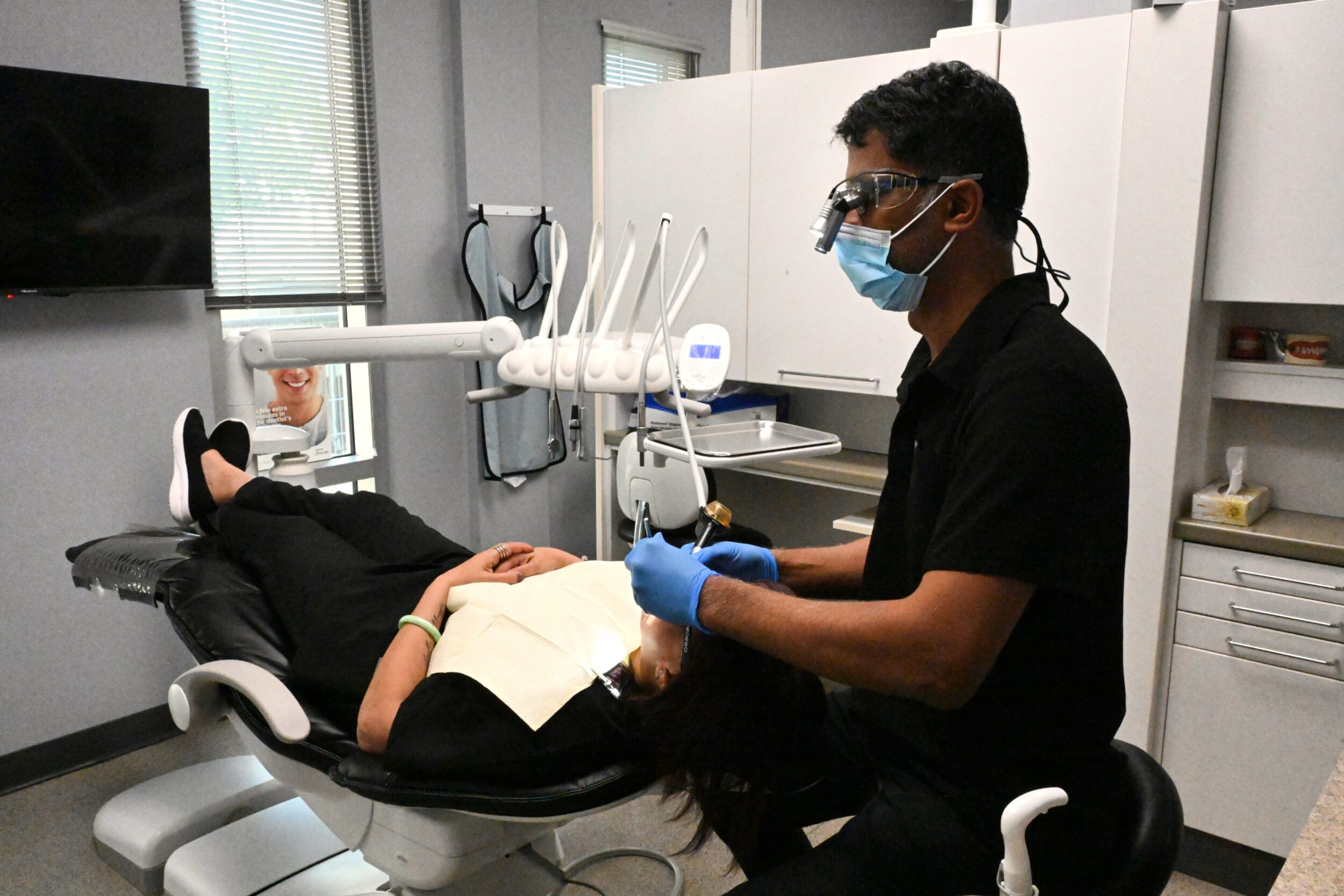What is Pulp Therapy
It is impossible to see the “pulp” of a tooth with the naked eye. The pulp is located at the center of each tooth, and it contains nerves, tissue, and blood vessels that channel oxygen and nutrients. Pulp can be damaged in several ways. Children are most likely to experience painful pulp exposure and inflammation due to tooth decay or traumatic injury.
Other names for pediatric pulp therapy include root canal, pulpotomy, pulpectomy, and nerve treatment. Pulp therapy aims to treat, restore, and save the affected tooth.

Both primary (baby) teeth and permanent teeth can be treated with pulp therapy by pediatric dentists. The primary teeth are necessary for speech production, chewing, and guiding the proper alignment and spacing of permanent teeth even though they are eventually shed.
Infections and pulp injuries: what are the signs?
Pulp that is inflamed or injured is extremely painful. Children who suffer from dental pain, regardless of whether the source is visible, will soon become aware that they need to see a pediatric dentist.
Other signs to look for include:
- Pain that is constant and unexplained.
- Pain at night.
- Sensitivity to warm and cool food temperatures.
- An affected tooth may be swollen or red.
- A tooth that is unexpectedly loose or mobile.
What is the best time for a child to undergo pulp therapy?
Every situation is different. A pediatric dentist evaluates the age of the child, the position of the tooth, and the overall health of the child before recommending extraction or pulp therapy.
The following are some of the undesirable consequences of prematurely removing or missing teeth:
- Shortening of the arch may occur.
- A primary tooth loss may result in insufficient space for the emergence of permanent teeth.
- There is a possibility that opposing teeth may grow protruding or in an undesirable manner.
- There is a possibility that premolars may become painfully impacted.
- The remaining teeth may move in order to fill the gap.
- There may be an abnormal posture of the tongue.
What is pulp therapy?
In the first instance, the pediatric dentist will inspect the affected areas visually and take X-rays. It is determined by the extent and location of pulp damage what type of treatment is required. In addition to pediatric pulpotomies and pulpectomy procedures, there are several other treatment options available.
Pulpotomy
Depending on whether the pulp root has not been damaged or decayed, the pediatric dentist may leave the healthy pulp root alone and only remove the decayed pulp and surrounding tooth decay. The resulting hole is then filled with a biocompatible, therapeutic material, which prevents infection and soothes the pulp root. In most cases, a crown is placed on the tooth following treatment. By strengthening the tooth structure, the crown minimizes the risk of future fractures.
It is extremely versatile to use pulpotomy treatment. As a standalone treatment for baby teeth and growing permanent teeth, or as the first step in a full root canal, it can be applied to baby teeth and growing permanent teeth.
Pulpectomy
If the tooth pulp is severely damaged by decay or trauma, the root canals may be affected as well. If this is the case, the pediatric dentist must remove the pulp, clean the root canals, and then pack the area with a biocompatible material. It usually takes several office visits to complete this process.
Primary teeth are filled with reabsorbable material, and permanent teeth are filled with non-reabsorbable material. To add strength and provide structural support, a crown is placed on the tooth as the final treatment step. If the child prefers, the crown can be covered with a natural-colored covering.
Please contact your pediatric dentist if you have any questions or concerns regarding pediatric pulp therapy.